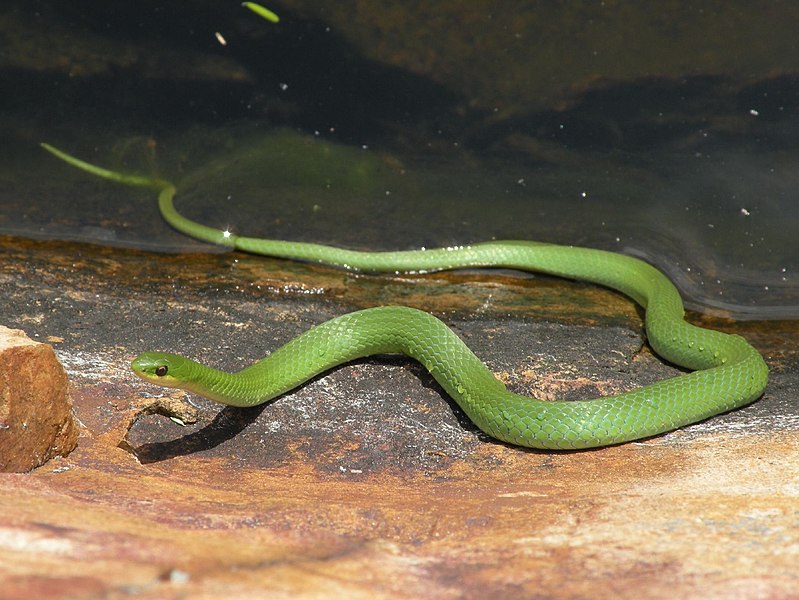 Please see Part 1 of this article for more on the natural history and care of Rough and Smooth Green Snakes (Opheodrys aestivus and O. vernalis).
Please see Part 1 of this article for more on the natural history and care of Rough and Smooth Green Snakes (Opheodrys aestivus and O. vernalis).
Heat
An ambient temperature of 70-76 F is ideal. A basking site of 80-85F should be available as well.
Light
There is some evidence that, in contrast to most snakes, Green Snakes benefit from exposure to UVB light. A moderate-output bulb, such as the Zoo Med 2.0 should be provided.
As with most diurnal animals, Green Snakes will also benefit from the provision of a UVA-emitting bulb (incandescent UVA bulbs will also provide heat for the basking site). Read More »
 That Reptile Blog – Reptile, Amphibian and Exotic Pet Care and Information
That Reptile Blog – Reptile, Amphibian and Exotic Pet Care and Information



